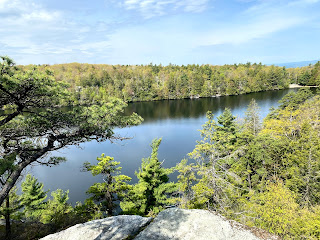What are microplastics? Everything you need to know. And how to minimize your impact.
Microplastics are pieces of plastic less than 5 mm big. Think the size of a sesame seed.
These are found in clothing, beauty supplies, containers, single use plastics and many more products. Microplastics are harmful to our oceans, water supply and may even be harmful to our health.
What are microplastics?
There are two types of microplastics. Primary and Secondary. Primary microplastics come to us already as small particles. This includes microbeads that are found in toothpaste, beauty products and cleaning supplies. They also come from washing our clothes, especially those made of nylon and polyester. When certain fabrics are washed microfibers containing plastic are released. Primary microplastics make up about 25% of microplastic found in the oceans.
75% of microplastics found in oceans come from secondary microplastics. These secondary microplastics come from larger pieces of plastic, from forks, plastic bags, and fishing wire. These pieces of plastic are disposed of or left around and exposed to the elements causing them to break down into micro pieces.
When microplastics pollute the oceans and water supplies, the wildlife are subject to ingesting them. When fish ingest microplastics and we then eat that fish it is us who are now ingesting pieces of plastic. Especially foods such as mussels and shrimp where the whole animal is being eaten.
What are the dangers?
Scientists do not yet know the impacts microplastics have on our health. But it has been found that they are unhealthy to our marine life. These plastics affect an animal's gills and digestive tract.
So what can I do?
Reducing our own plastic use is one way to reduce the microplastics that we create in our own lives. Use reusable cups, bring your own silverware and takeout containers. Try not to reheat products in plastic as the heat only speeds up the process of turning into secondary microplastics. And try to properly recycle any plastic products that are used.
I work hard on being mindful of the products I buy for my home such as refillable cleaning supplies, plastic free containers, and low waste beauty products that are free of microbeads and plastics.
Clothing can produce many microfibers so try and opt for thrifted clothing or those made of organic cotton, bamboo or hemp. Trying to avoid polyester and nylon.
In 2015 the United States congress created the Microbead-free act banning the use of microbeads of beauty products, toothpastes and other over the counter products.
https://www.fda.gov/cosmetics/cosmetics-laws-regulations/microbead-free-waters-act-faqs



Thanks for sharing more about microplastics. It’s crazy to think that they’ve been found in humans and we don’t even know the effects they could be having on us!
ReplyDelete